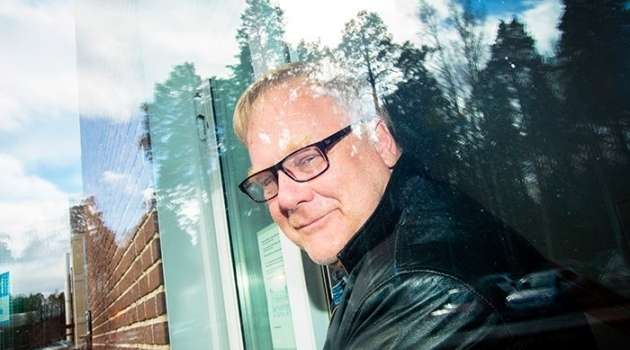Project seeks to answer how new genes arise

One of the most thought-provoking questions in basic biology research is how life first arose and developed on Earth. A new research project is bringing together a cross-disciplinary group of scientists to undertake an experimental dive into the depths of the molecular processes at work in order to understand how new genes and proteins arise.
'This is probably one of the most exciting things we've ever done – to seek experimentally to solve such a fundamental biological question as how a new gene and a new functional protein arise and develop,' says Professor Dan I Andersson, who is coordinating this major new project at Uppsala University.
That new genes arise is the prerequisite for all biological development. It has allowed organisms to adapt to their environments through the process of evolution and to become ever more complex. New species have arisen. Different underlying mechanisms have resulted in the millions of different genes and proteins we find in the organisms that exist today.
As part of the project, the scientists will study the way in which genes develop in real time in living organisms, specifically in different bacteria and herring. A cross-disciplinary holistic approach offers the possibility of finding the answers to a number of important questions. How large a proportion of DNA is made up of functional sequences and 'junk' respectively? How do structure and function integrate when a gene develops? A vital resource for the work is the group's broad range of strong expertise in chemistry, biochemistry, structural biology, bioinformatics and microbiology.
The scientists' raw material includes an enormous library of about 100 billion generated randomised gene sequences. Two different mechanisms are the focus of the research: one where new genes arise from precisely these random sequences and the other where they arise from pre-existing genes that duplicate, merge or divide.
'From this huge amount of material we will start by identifying the rare sequences that have a biological function and that give the organism certain new properties,' says Dan I Andersson. 'One example might be a gene that gives resistance to a toxic substance. We will then go on to examine sequences with a function, and study structure and function more closely.'
The pilot experiments that have been done suggest that the proportion of functional sequences in DNA is greater than expected – which is interesting in itself. DNA may perhaps consist of considerably less 'junk DNA' than was thought.' In the long term, the knowledge generated by the project may be significant for other fields of applied research, for example in developing treatments for diseases with a genetic background, or treatments against disease-causing viruses and bacteria. Synthetic biology is another field that could benefit, for example in developing new sustainable fuels or bacterial purification processes.
'But what we are concerned with right now is basic research and getting the long-term financial support to cement the group together, which will be enormously beneficial for the research,' explains Dan I Andersson.
Provided by Uppsala University




















